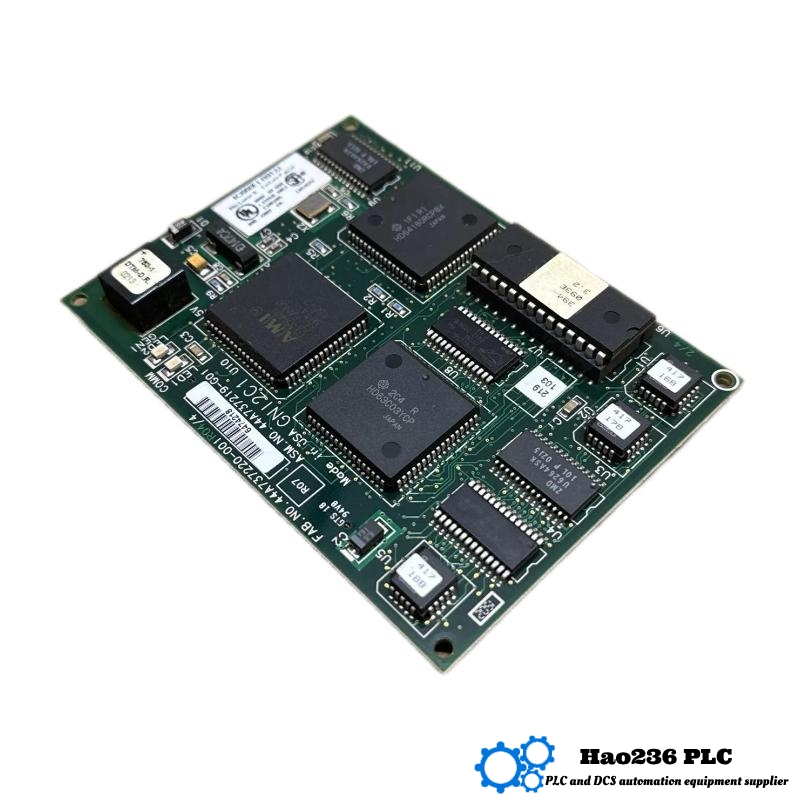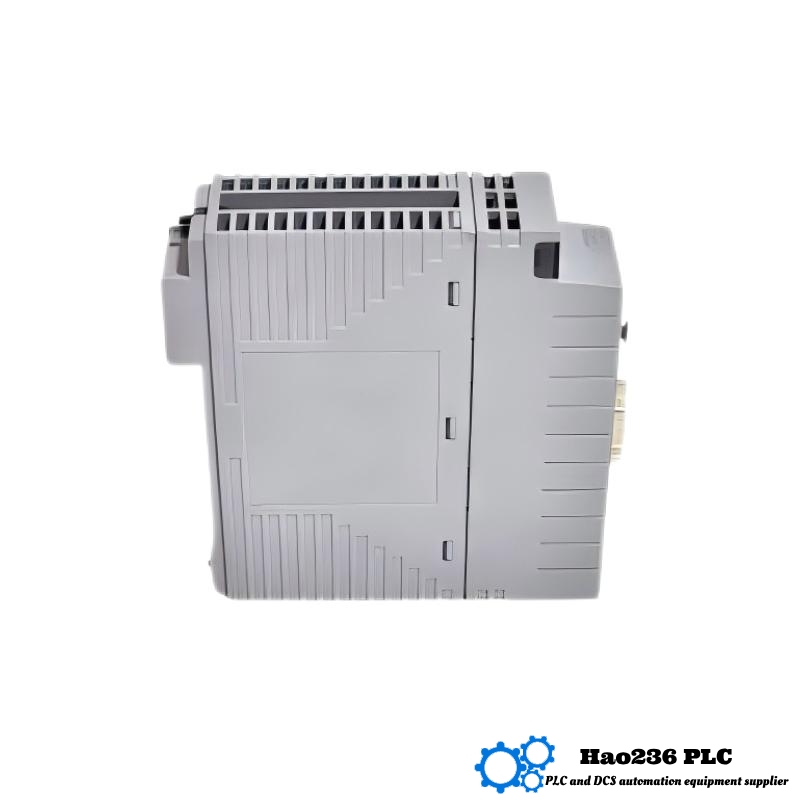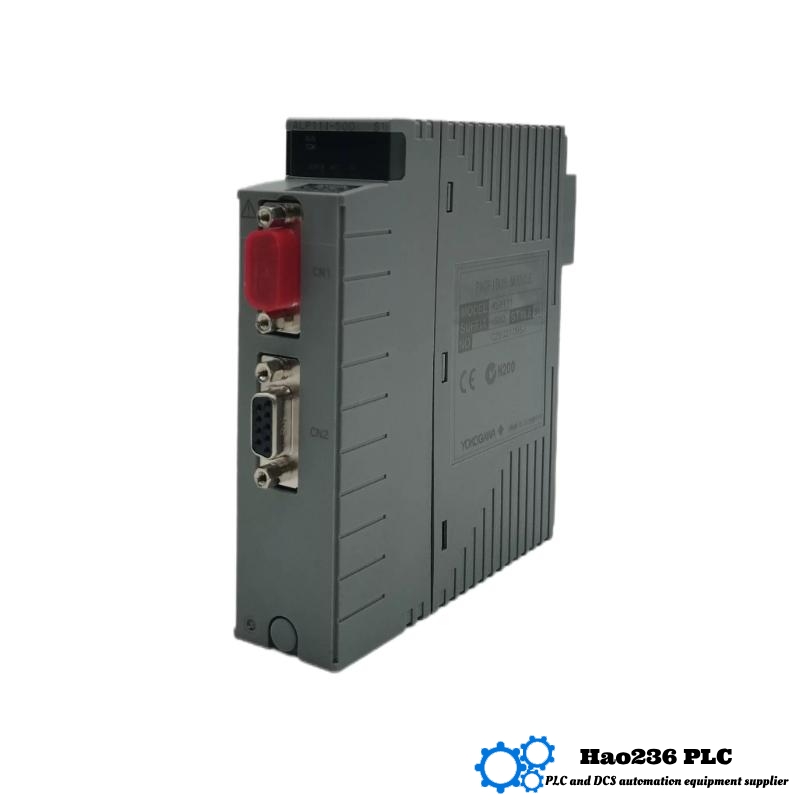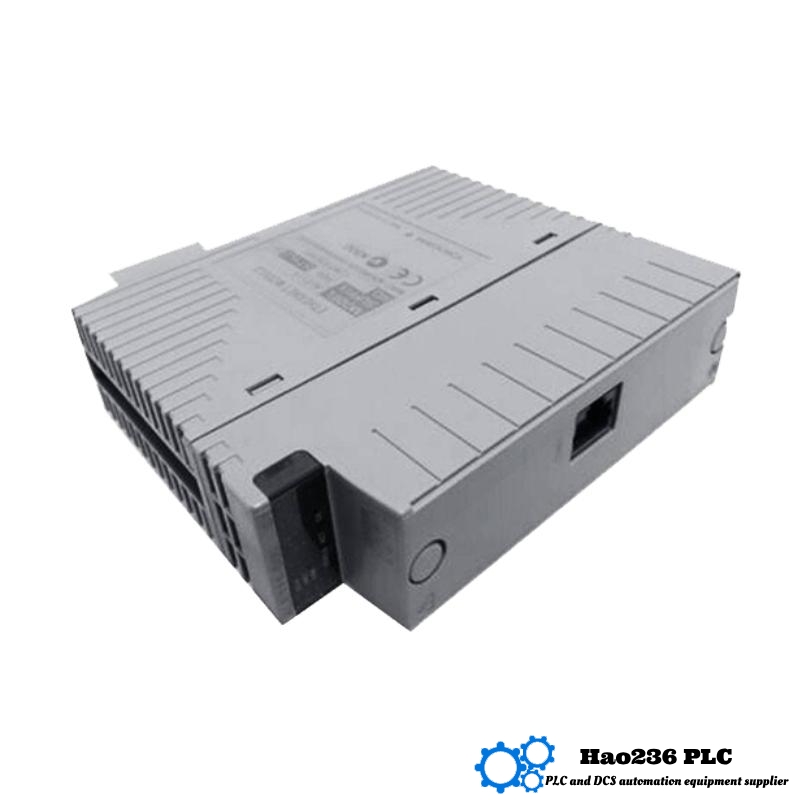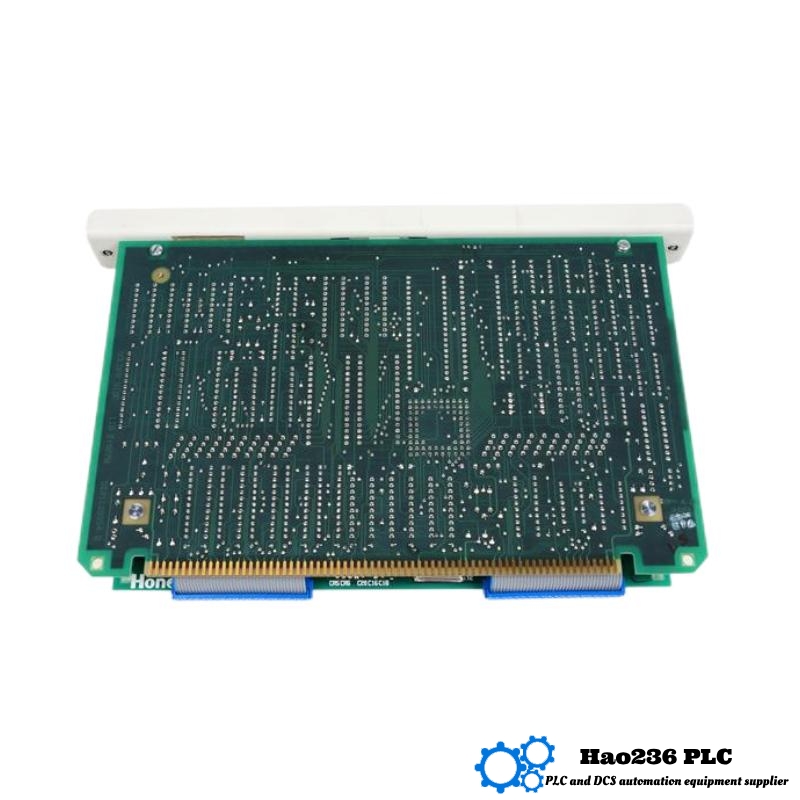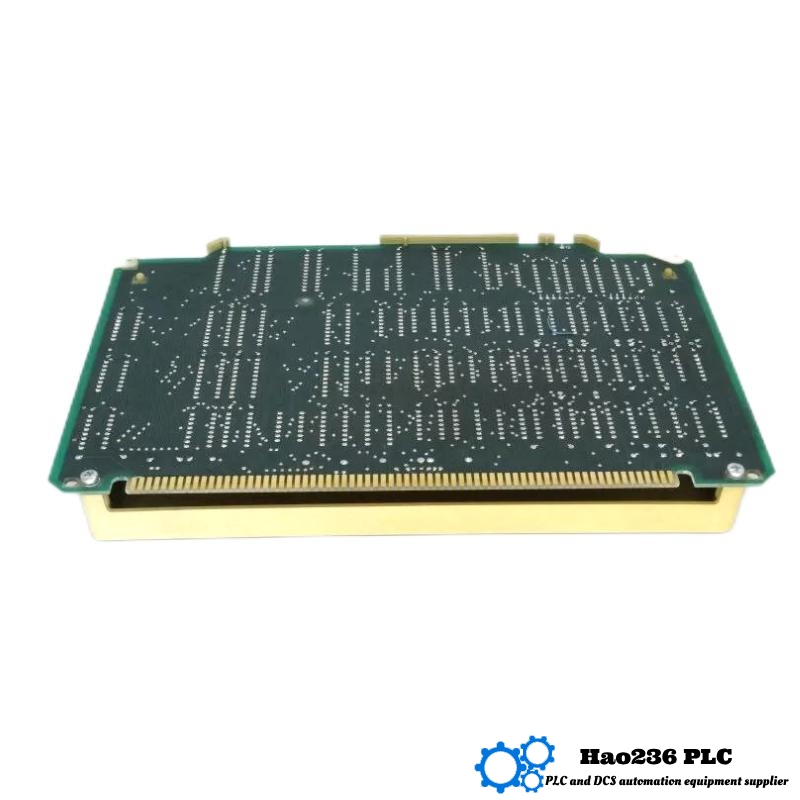NewsNEWCENTER
Featured products
Contact Us
Which system is best for industrial computers?
2025-03-19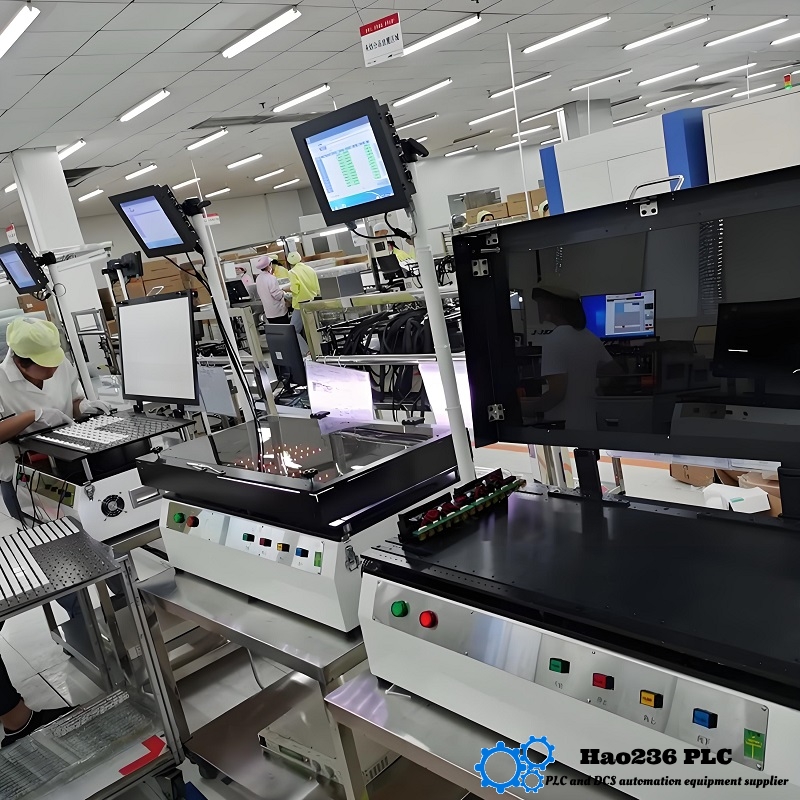
In the field of industrial control, industrial computers are core equipment, and the choice of their operating system is crucial. A suitable operating system can not only ensure the stable operation of industrial computers, but also improve production efficiency and reduce maintenance costs. The following analyzes the operating system suitable for industrial computers from multiple aspects.
1. What system is good for industrial computers?
Windows system
1. Advantages of Windows system
With its broad user base and rich software resources, the Windows system has also occupied a certain market share in the field of industrial control. First of all, it has a friendly graphical interface, which is easy to operate and learn. For engineers and operators who are accustomed to using Windows systems, it is easy to get started. Secondly, a large number of industrial automation software are developed based on the Windows platform, such as common PLC programming software, SCADA monitoring software, etc., which makes the Windows system excellent in compatibility and can seamlessly connect various industrial software to meet the needs of different industrial scenarios.
2. Applicable scenarios
In some industrial control scenarios where the real-time requirements are not particularly high and a large number of general software need to be run, the Windows system is a good choice. For example, in the monitoring system that combines the office area and the production area of the factory, it is necessary to run office software for daily management and monitor the production equipment. The Windows system can easily achieve this function. At the same time, in some simple automated production lines, such as small electronic equipment assembly lines, the use of Windows system is convenient for operators to set equipment parameters and monitor production processes.
Linux system
1. Features of Linux system
The Linux system is favored by the industrial control field for its open source, stability, security and high customizability. Because it is open source, users can customize the system kernel according to their own needs, remove unnecessary functions, optimize system performance, and make it more suitable for industrial application scenarios. In addition, the Linux system has excellent stability, and it is not easy to crash or freeze during long-term operation, which can meet the requirements of industrial production for continuous operation of equipment. Moreover, the Linux system has high security and built-in multiple security mechanisms, which can effectively resist network attacks and malware intrusions and protect the security of industrial production data.
2. Applicable scenarios
In industrial control scenarios where cost control is strict and highly customized systems are required, the Linux system performs outstandingly. For example, in some embedded industrial control equipment, such as industrial routers and smart sensors, the Linux system can be streamlined and customized according to the hardware resources of the equipment to achieve efficient operation of the equipment with minimal system resource occupation. At the same time, in industrial network monitoring systems with extremely high security requirements, the Linux system can provide reliable security protection to prevent hacker attacks and data leakage.
Real-time operating system
1. Characteristics of real-time operating system
The biggest feature of the real-time operating system (RTOS) is its strict real-time and deterministic nature. It can respond to external events within a specified time to ensure the real-time control performance of the system. Real-time operating systems usually use preemptive scheduling algorithms to ensure that high-priority tasks can be processed in a timely manner and avoid production accidents caused by task delays. In addition, the kernel of the real-time operating system is small, resource-intensive, and can run efficiently on industrial control equipment with limited hardware resources.
2. Applicable scenarios
In industrial control scenarios with extremely high real-time requirements, real-time operating systems are the best choice. For example, in the automated production line of automobile manufacturing, the motion control of robots and the precise distribution of materials require precise time control. The real-time operating system can ensure the precise coordination of each link, ensuring efficient production and stable product quality. In the fields of aerospace, medical equipment, etc., real-time operating systems also play a key role, such as aircraft flight control systems, real-time data acquisition and processing of medical monitoring equipment, etc.
2. How to choose the system for industrial computers?
1. Hardware compatibility
When choosing an operating system, the hardware configuration of the industrial computer should be considered first. Different operating systems have different requirements for hardware. For example, Windows systems have relatively high requirements for hardware performance, while Linux systems and some real-time operating systems can run on hardware with lower configurations. Therefore, according to the hardware resources of the industrial computer, such as CPU performance, memory size, storage capacity, etc., choose a suitable operating system to ensure that the system can run stably on the hardware platform.
2. Industrial software compatibility
Industrial software is the core application of industrial computers. When choosing an operating system, its compatibility with industrial software must be considered. As mentioned earlier, the Windows system performs well in general industrial software compatibility, and although the Linux system also has some industrial software support, the software resources are relatively few in comparison. Real-time operating systems usually require special real-time industrial software for matching. Therefore, according to the actual industrial software used, choose an operating system that is compatible with it.
3. Cost factors
Cost is also an important factor to consider when choosing an operating system. Windows systems usually require the purchase of genuine licenses, and the software cost is relatively high; while Linux systems are open source and free, and users only need to bear a small amount of technical support fees. Real-time operating systems have different prices depending on different brands and functions. Some high-end real-time operating systems are expensive, while some open source real-time operating systems are cheaper. When choosing, you should comprehensively consider factors such as software cost, hardware cost, and later maintenance cost.

